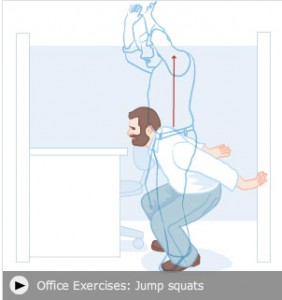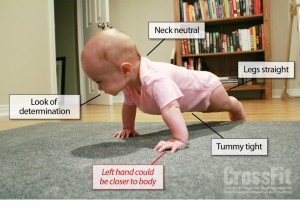
Inactive people have higher risk of developing heart disease and Type 2 diabetes. But exactly why is hard to tell, since they tend to have other health problems as well, like obesity. How can you determine the specific effects of inactivity?
To find an answer, researchers at the University of Missouri recently tried a novel approach. They told active, healthy people to stop moving around so much and then measured what happened.
February’s issue of Medicine and Science in Sports and Exercise published the results of the study. They found that when these healthy volunteers cut the number of steps they took each day in half or more, their blood sugar levels became erratic.
These people usually exercised 30 minutes or more on most days, and their blood sugar levels typically remained level and steady. But within days of curbing their activity level, their blood sugar level began to spike significantly after meals—and more so with each successive day of inactivity. Such spiking has been linked to Type 2 diabetes and heart disease.
Thankfully, the body returns to normal, steady blood sugar levels once a person returns to regular activity.
The reason for the spiking in a sedentary person makes sense: When we exercise, our muscles need more fuel and draw sugar from the blood. When our muscles aren’t in use, more of that sugar remains in the bloodstream.
When that is the body’s default condition, serious problems emerge. “We hypothesize that, over time, inactivity creates the physiological conditions that produce chronic disease,” John P. Thyfault, who conducted the study, told the New York Times.
So what should you do? Keep moving, even if in small doses. “When I’m really busy, I make sure to get up and walk around the office or jog in place every hour or so,” Dr. Thyfault says. “You don’t have to run marathons,” he says. “But the evidence is clear that you do need to move.”


